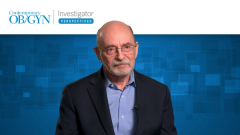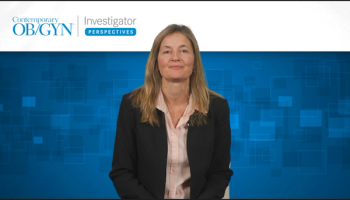
Bone Density’s Role in VMS Treatment and Neurokinin Therapy
An expert discusses how the ideal vasomotor symptom treatment would address both symptoms and bone loss simultaneously, making nonestrogen therapies with skeletal benefits like elinzanetant particularly attractive for patients.
Episodes in this series

Video content above is prompted by the following:
The timing of vasomotor symptoms (VMS) often coincides with accelerated bone loss during the perimenopausal years, making the ideal treatment one that addresses both concerns simultaneously. Estrogen therapy has traditionally filled this role by providing effective symptom relief while supporting bone health, making it the preferred first-line treatment when appropriate.
The development of nonestrogen therapies like neurokinin receptor antagonists that may offer both vasomotor symptom relief and bone health benefits represents a significant advancement in postmenopausal care. These treatments could provide valuable alternatives for women who cannot or prefer not to use estrogen therapy while still addressing multiple health concerns.
In clinical practice, patient bone density status should influence treatment selection, with preference given to therapies that offer comprehensive benefits. The emergence of neurokinin therapies with potential bone health advantages creates new opportunities for optimizing postmenopausal treatment algorithms, particularly for women at increased risk for osteoporosis who also experience troublesome vasomotor symptoms.
Newsletter
Get the latest clinical updates, case studies, and expert commentary in obstetric and gynecologic care. Sign up now to stay informed.








